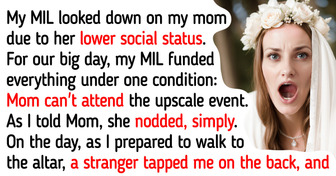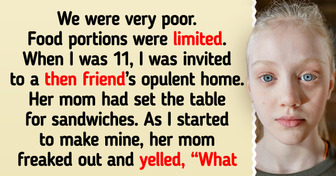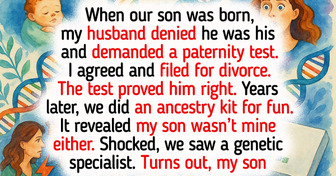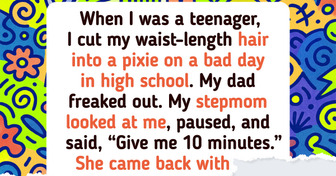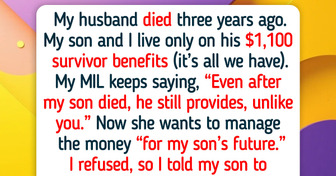A Girl Born Without Nose, Who Was Called “Voldemort”, Proved Everyone Is Beautiful in Their Own Way
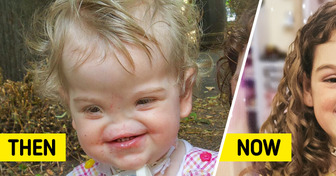
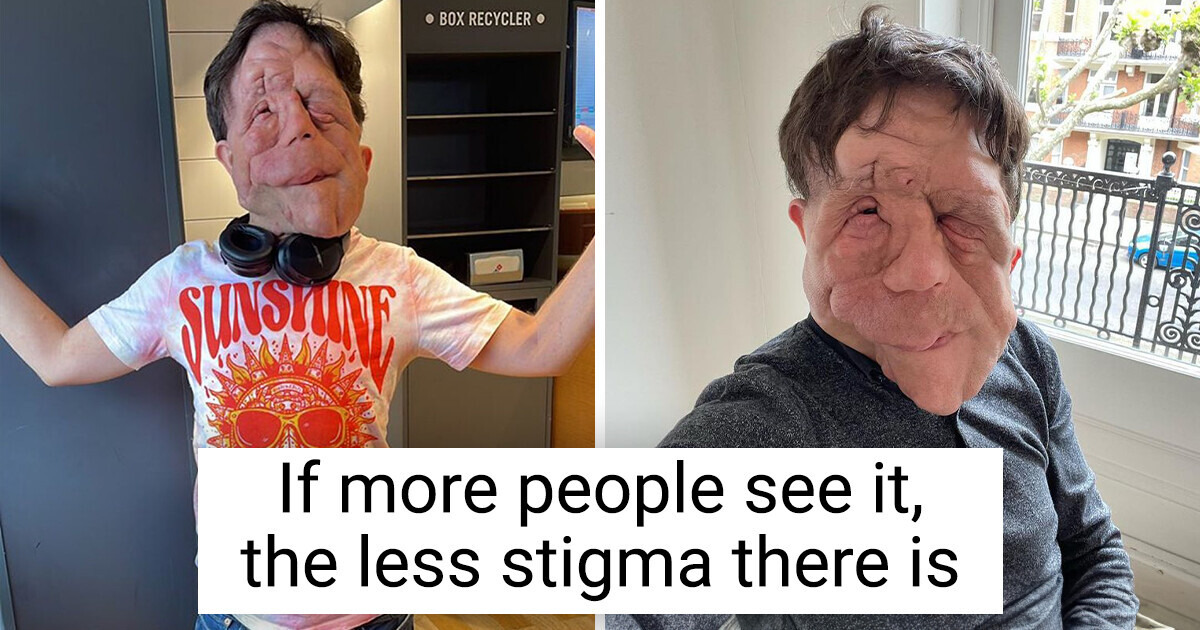
In the bustling streets of Croydon, south London, Adam Pearson is no stranger to attention. Born with neurofibromatosis, a rare condition causing non-cancerous tumors to grow on nerve tissue, Pearson has faced a lifetime of challenges. However, his role in the critically acclaimed film Under the Skin alongside Scarlett Johansson has not only showcased his acting prowess but also served as a powerful tool to challenge societal perceptions of beauty.
Neurofibromatosis affects approximately one in every 2,300 people, but for Pearson, the impact has been particularly visible as tumors predominantly grow on his face. Diagnosed with the condition at the age of five after a seemingly innocent bump on his head, Pearson’s early years required him to mature fast. His identical twin, Neil, shares the condition, while manifesting in a different form.
Navigating through secondary school in Croydon proved to be a challenge for Pearson. Subjected to insults and regular teasing, he found himself in a distressed situation when a supposed friend lured him to a classroom, only to be ambushed by a group of peers lying in wait. The incident left Pearson scarred, both emotionally and physically. These early trials laid the foundation for the resilient and self-assured individual he would become, using humor and strength to rise above adversity.
Pearson’s life took a positive turn when he pursued higher education at Brighton University, where he studied business management. Graduating from university marked the beginning of a successful career for Pearson, who ventured into television production roles at both the BBC and Channel 4. Notably, he has continued to make a meaningful impact in the entertainment industry, playing a crucial role in casting for groundbreaking series such as The Undateables and Beauty and the Beast.
Starring in Under the Skin marked a significant turning point for Pearson. The film, directed by Jonathan Glazer, explores themes of ignorance and prejudice through the eyes of an alien, played by Johansson, who becomes conflicted upon encountering Pearson’s character. The scenes, often improvised, depict a raw and honest portrayal of human interaction that challenges preconceived notions.
Pearson seized the opportunity to challenge the film industry’s tendency to use facial imperfections as shorthand for evil. He also emphasizes the need for actors with conditions to play characters with the same conditions, rather than relying on prosthetics. Pearson believes that breaking away from these stereotypes in cinema can contribute to reducing the stigma associated with disfigurement in wider society. “The more people see it in wider society, the less stigma there is,” he mentioned in an interview, “I want to be as normal as possible.”
During his regular visits to Great Ormond Street Hospital, Pearson discovered Changing Faces, an organization offering support to individuals and families dealing with conditions affecting their appearance. The charity provided him with coping mechanisms and encouraged a positive mindset, reinforcing the idea that people who teased his appearance were the ones with the problem, not him.
Pearson is also critical of the rising trend in elective cosmetic surgery, arguing that media literacy should be part of education. He believes that people often compare themselves to airbrushed images without understanding the effort that goes into producing such visuals. Pearson advocates for a shift in societal perspectives on beauty and a more inclusive portrayal of diverse appearances in the media.
While Pearson surfs in the success of Under the Skin, he is eager to pursue more acting opportunities. Living with his retired parents, Marilyn and Patrick, he takes pride in his achievements, acknowledging the positive impact his journey has had on challenging stereotypes surrounding disfigurement.
Despite acknowledging the 50% chance of passing on his condition to potential children, he approaches the idea of starting a family with optimism and humor. Expressing a desire to find a girlfriend while embracing his single status, Pearson shows a confident perspective on parenthood. With a self-assured grin, he playfully remarks that his kids will be genetically awesome.
This lighthearted attitude not only reflects Pearson’s resilience but also underscores his ability to find joy and pride in his unique journey, envisioning a future that embraces diversity with a touch of genetic flair.

